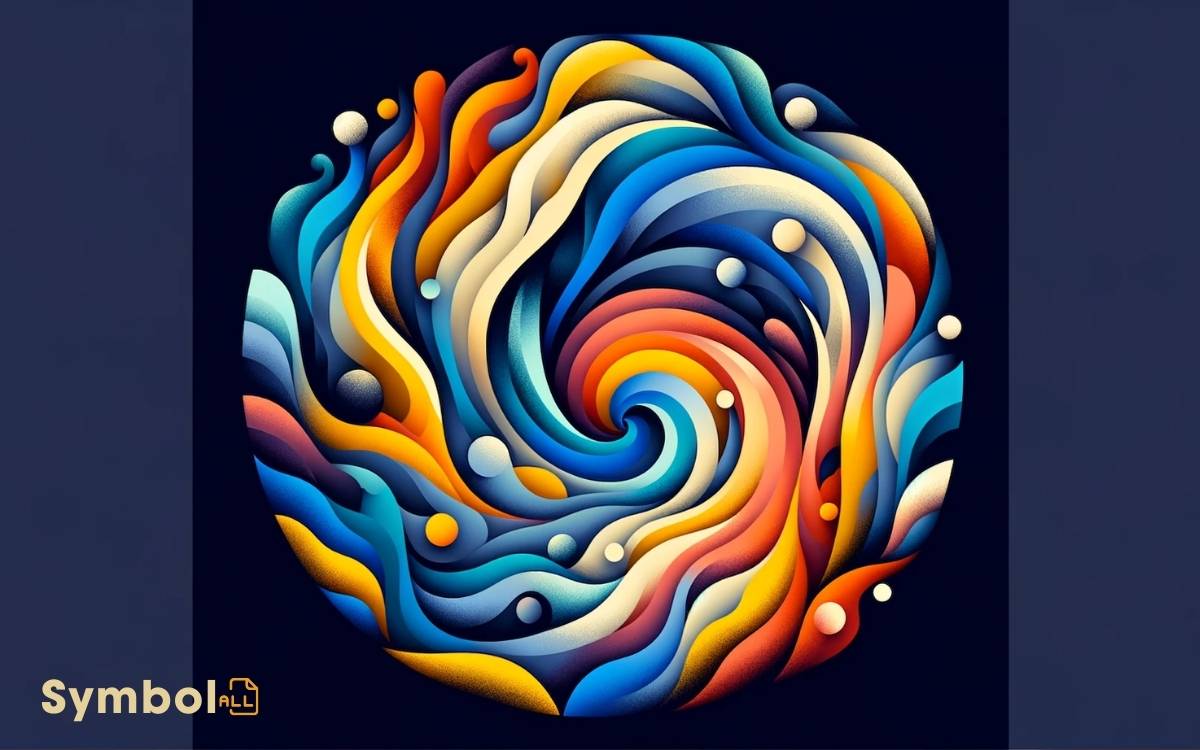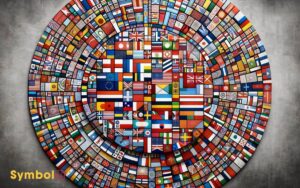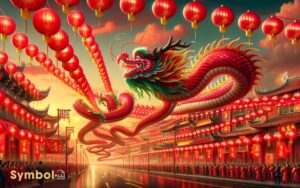What Color Symbolizes Good Luck? Red!
Red is your ticket to good luck. Across cultures and continents, it embodies passion, prosperity, and protection. Imagine the vibrant color capturing attention and signaling joy.
Its roots dig deep into human psychology, symbolizing the life-giving essence of blood and fire’s warmth.
In China, it’s fortune and happiness, warding off evil spirits during Lunar New Year. Native Americans see it as the Earth’s heartbeat, while in the West, it’s the flush of love.
This color’s power to transcend geographic and cultural lines while maintaining its auspicious essence is remarkable. Exploring further might just reveal how to harness this vibrant hue in your life.

Key Takeaways
The Mystery Color Unveiled
Throughout cultures, the color red consistently emerges as a powerful symbol of good luck, embodying passion, prosperity, and protection. This vibrant hue captures your attention, evoking strong emotions and signaling auspicious occasions.
It’s not just a visual impact; red’s significance is deeply embedded in human psychology and essential instincts. Historically, it’s been associated with the life-giving essence of blood and the warmth of fire, elements crucial for survival.
These universal connections make red a color that transcends geographic and cultural boundaries, making you feel its power without needing explicit explanation.
It’s a color that speaks directly to the soul, urging courage, and inviting fortune. Understanding red’s profound symbolism offers insights into human behavior and cultural practices, revealing how deeply color influences our perceptions and experiences.
Cultural Significance Worldwide
Red’s influence reaches far beyond its visual appeal, touching the fabric of societies worldwide and shaping traditions, celebrations, and beliefs in remarkably diverse ways.
In China, red symbolizes fortune and happiness, adorning doors and windows during the Lunar New Year to ward off evil spirits.
Across the ocean, in Native American cultures, it represents the Earth, signifying life and its cycles.
Meanwhile, in Western societies, red often denotes love and passion, playing a central role in Valentine’s Day celebrations.
This color’s ability to transcend cultural boundaries while maintaining unique meanings in different contexts is proof of its powerful symbolism.
It’s not just a color; it’s a global language of luck, prosperity, and joy, resonating with people from all walks of life.
Historical Origins and Meanings
How did the color red come to symbolize such varied and profound meanings across different cultures throughout history?
Your curiosity uncovers a tapestry of traditions and beliefs:
- In Ancient China, red was cherished as the color of happiness and fortune, painted on doors to ward off evil spirits during celebrations.
- Among the Romans, generals were clothed in red to signify power and vitality, a practice reflecting valor and leadership.
- In Native American cultures, red symbolized the sun, earth, and lifeblood of people, deeply intertwining with nature’s cycles.
- Medieval European societies viewed red as a marker of status and nobility, often worn by the wealthy to display their prominence.
These historical layers reveal how red’s significance is both universal and uniquely tailored by each culture, embodying luck, protection, and prestige.
Modern Day Manifestations
In modern times, the color red has evolved, weaving itself into the fabric of global celebrations, corporate branding, and personal fashion, symbolizing luck and allure across diverse cultures.
This vivid hue, once a marker of prosperity and protection, now adorns the logos of leading brands, infusing a sense of dynamism and passion into their identities.
It’s seen in the flush of festive decorations during Lunar New Year, where red is believed to ward off misfortune, and in the western world, it captures the warmth of holiday cheer.
| Culture | Manifestation |
|---|---|
| Chinese | Lunar New Year Decorations |
| Western | Holiday Season Decorations |
| Global Brands | Logos and Marketing Materials |
These manifestations are not just visual cues but are deeply imbued with the hopes and dreams of prosperity, making red a universally adopted emblem of good fortune.
Enhancing Luck in Daily Life
Adopting certain colors in your daily attire can subtly boost your luck and influence perceptions across cultures. This practice isn’t just about superstition; it’s about leveraging deep-rooted cultural associations to your advantage.
- Red: In many Asian cultures, red is seen as a harbinger of good fortune and joy. Wearing red can be particularly powerful during celebrations or significant life events.
- Green: Often associated with growth, harmony, and fertility. Incorporating green into your wardrobe can signal new beginnings and potential prosperity.
- Yellow: Symbolizing happiness and wealth in various cultures, wearing yellow can brighten your day and attract positive energy.
- Blue: Represents stability and trust. Including blue in your attire mightn’t only bring a sense of calm but also enhance your credibility in professional settings.
Conclusion
In the tapestry of life, colors weave potent tales of fortune. Red, a vibrant herald of luck, bridges the ancient with the modern, embodying prosperity across cultures.
From the crimson envelopes in China to the ruby hues of a Western bride’s gown, it’s a universal beacon of auspicious beginnings. Embrace red’s fiery embrace in your daily canvas, and let its luck-infused threads guide your steps.
After all, in the kaleidoscope of existence, choosing red is choosing fortune’s favor.






